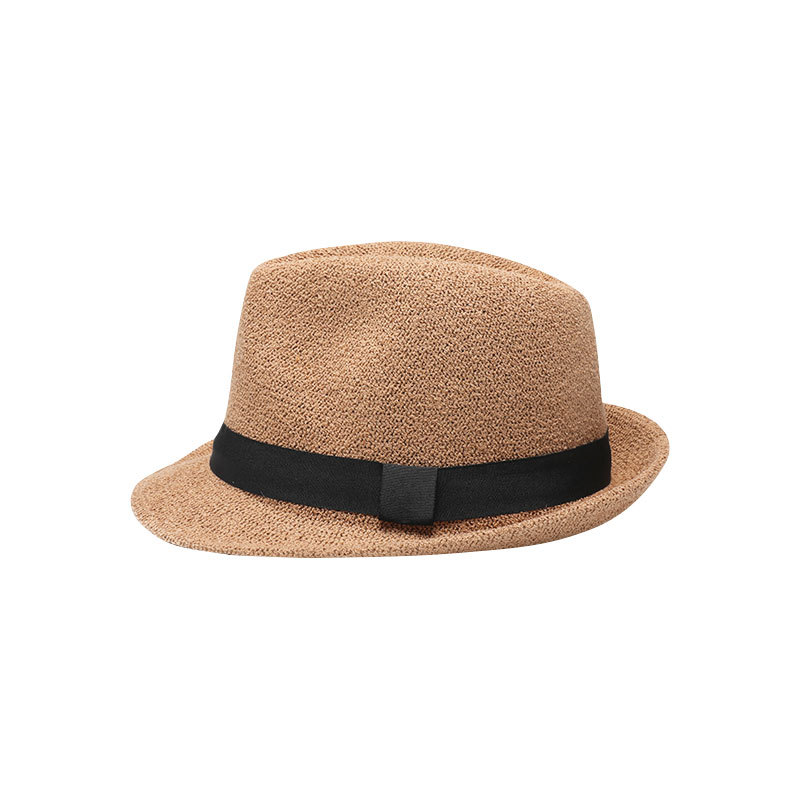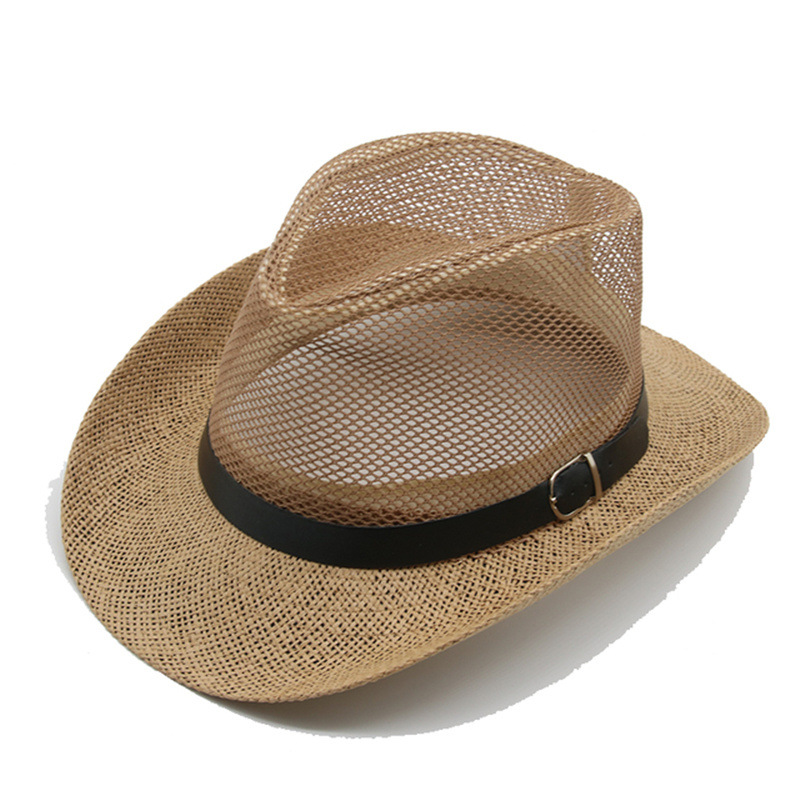The History of Panama Straw Hat
The scorching heat in the northern hemisphere has just passed, but the southern hemisphere is about to enter summer. Today,
I would like to talk to you about the story of the summer resort - the "Panama" straw hat. Although this straw hat is named after the
Central American country Panama, we will start with Ecuador in South America.

According to historical records, the indigenous people of Ecuador used plant stems to weave headgear similar to hats,
dating back to BC. When Spanish colonizers arrived in Ecuador in 1526, they found that most coastal residents wore handmade
woven straw hats. Later, research found that the raw material for weaving straw hats was a palm shaped plant. This plant was
first discovered in a small town called Pile in the Pacific Ocean west of Ecuador's Dolmanabi province.
The equatorial rainforest along the coast, with its hot and rainy climate, was suitable for its growth,
and this type of straw was later called Toquilla.

Panama, a Central American country located just over a hundred nautical miles away from Ecuador, has become the preferred
place for Ecuadorian hat traders to engage in commercial activities due to its geographical advantage of connecting the major hubs
of the North and South continental plates. Later on, it gradually developed and used the two small towns of Montecristi and Cuenca
in Ecuador as the two major production centers for straw hats, which were respectively transported to Panama from the country's
port cities of Guayaquil and Manta.

This lightweight and sun proof straw hat is very popular in Panama, perfect for the local tropical climate and abundant sunlight.
At the beginning of the 20th century, a large number of laborers who excavated the Panama Canal wore this type of straw hat,
and foreigners who participated in canal construction brought this type of straw hat to various countries. Over time,
people referred to this type of straw hat as the "Panama" straw hat.

In order to see the true appearance of the "Panama" straw hat, I recently visited a historic handmade hat specialty store in Quito,
the capital of Ecuador. It is located on the pedestrian street of the old city of Quito and has a history of 102 years. Entering the store,
I saw the owner categorizing and neatly displaying various hats to customers, some placed in display cabinets, some hung on walls,
and some placed at the front desk. In addition to the famous "Panama" straw hat, there are also handmade round top hats, felt hats,
and so on, which are colorful and dazzling. Walking into the store feels like being in The old craftsman in the store showed me a
"Panama" straw hat he was weaving, which was ordered by a customer. The price was high as $8000 (about 56000 yuan),
because the production process of the straw hat was actually very complicated, requiring a lot of effort in material selection, drying,
trimming, dyeing, and weaving. The more intricate the pattern of the woven straw hat, the more time
the weaver will invest, and the higher the market price will be. A handmade straw hat is said to take as little as three weeks to several
years, with prices ranging from tens of dollars to tens of thousands of dollars.

The craftsmen in this shop are already the fourth or even fifth generation heirs of this old shop. They not only learned the weaving
technique of the Panama straw hat, but also mastered the process of making hats of different materials. If one can determine where
a person comes from based on their accent, then in Ecuador, it may also be possible to judge based on their hat. During the colonial
period, the Spaniards brought their culture of wearing hats, making them a fashionable and necessary activity. Europeans tended to
prefer various types of top hats, and local Ecuadorians extended their product types to make top hats that Europeans liked because
they had the craft of weaving straw hats.

On the innermost wall of the store, there are various hats with different styles and strong styling. The old craftsman introduced that this is
a classic style of hat from different countries. The green short brimmed hat is from Germany, the romantic wide brimmed hat is from
France, and some are from England, Italy, Peru, indigenous residents, etc. These hats are out of print and will not be sold or
reproduced. As a treasure of the store, it reminds people of the long history here. From ancient times to the present, they record
the changes of the times and also witness people's continuous pursuit of fashion and the continuous improvement of their own lives.
Contact: Eileen/John
Phone: +8613819490635
Tel: +86-0571-56503506
Email: eileen@fashiononeaccessories.com
Add: 12th Floor, Block B, Hengqi Business Center Dongning Road, Shangcheng District, 310002,Hangzhou, Zhejiang,China
We chat
